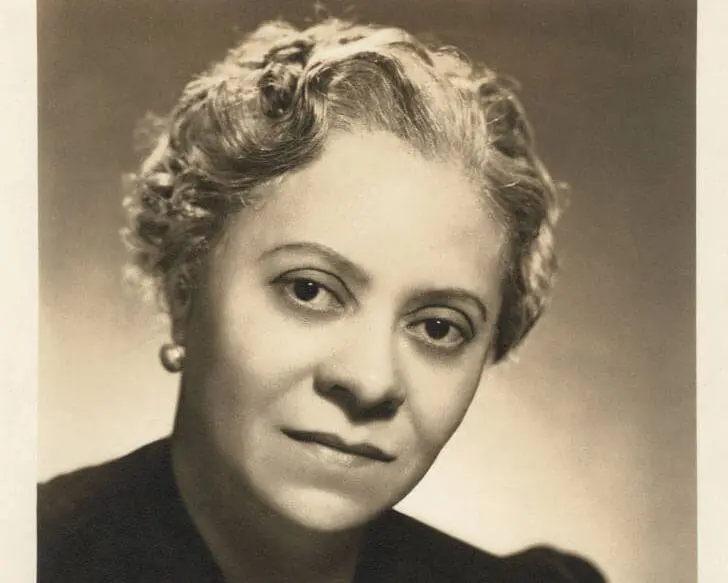How far would you go to accomplish your goals? How many ‘no’s are you willing to hear before you get a ‘yes’? Florence Price was resilient, going as far as creating a pseudonym, in order to have her music heard.
Despite the obstacles, Florence Price was determined, which led to her achieving a great amount of success, an amount that seemed impossible at the time for a woman of color.
Prodigious Beginnings
It was on April 9, 1887, in Little Rock, Arkansas that composer, pianist, and teacher Florence Price, was born to dentist James H. Smith and music teacher Florence Gulliver.
Even from a young age, those around Price noticed her potential. Having a music teacher as a mother, Price had an advantage and was able to study the piano with her mother in her youth. At only four years old, Price gave her first piano recital.
Not only was she a musical genius, but Price was an advanced student and graduated early from high school, as valedictorian. With such a head start, she was able to obtain her diploma as an organ player and teacher at only 16 years old, graduating from the New England Conservatory of Music.
A Stumbling Block
Being not only black but a woman made Price’s journey more challenging than most during this era. She was deprived of the opportunities and recognition that her white, male peers were given graciously.
At one point Price applied to become a teacher at the Arkansas Music Teachers Association, but was denied a position, despite being qualified. This rejection was most likely due to her race, being that its faculty was made up solely of whites.
Price also faced discrimination in the music industry. She reached out to famous contemporary composer, Serge Koussevitzky, acknowledging that she was disadvantaged due to her race and gender, and asking him to review her music despite that. Unfortunately, Price never heard back from Koussevitzky.
This rejection, along with many others, led to Price creating the pseudonym, Forrest Wood, to go by when composing some of her music.
Making it Big
In 1927, Price moved to Chicago with her husband, Thomas J. Price, where she studied composition, orchestration, and the organ. After divorcing her husband, Price used her talent to support herself and two children financially. She played the organ for silent movie screenings and wrote songs for radio ads.
Eventually, Price received much-deserved recognition for her work. Price submitted a composition for the Wanamaker Foundation Awards, where she won first place for her Symphony in E minor and third for her Piano Sonata. She received $500 as a prize. Through this win, music director, Frederick Stock, discovered Price’s music. He then included her first symphony in a concert held by the Chicago Symphony Orchestra. This led to Price becoming the first African American woman to have her music played by a major U.S. orchestra.
Price was a talented and intelligent woman. Throughout the course of her career, she composed over 300 symphonies, chamber works, and songs. Her success helped pave the way for other African American music composers. Even after her passing in 1953, her legacy has lived on.
Photo – https://bit.ly/3wUZtnf
For more stories like this, subscribe to our newsletter!
For stories from living artists, check out our webinars!
